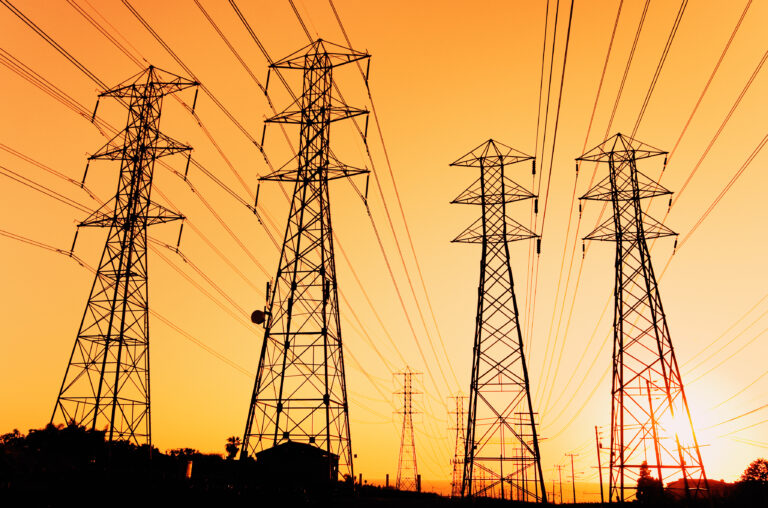
What can Harmonics do, and what can you do about it?
If we think of today’s electrical power grid as a lake, and each source of customer power fed back to the utility as an inlet, we get a good idea of how harmonic pollution works. Each inlet can increase the amount of pollution in the lake. If we only have a few small sources of pollution, the lake can continue on as a normal ecosystem. If every source of fresh water to the lake is polluted, then we have a problem with water quality and it can affect the entire ecosystem. If each utility customer is creating low quality power that is propagated into the grid, the power becomes polluted before it ever reaches your place of business or home. This article will take a look at a few of the many ways you can correct harmonic distortion and up the efficiency of your power supply.
Negative Effects of Harmonics
There are many negative side effects of harmonics. This is by no means an exhaustive list, but if left unchecked, harmonics can:
- Interfere with communications, data processing, and plant control systems.
- Cause high neutral-to-ground voltages (Single-phase systems)
- Cause misoperation of equipment with electronic circuits.
- Cause “nuisance tripping”, blowing of fuses, or OL trips.
- Cause lighting to flicker.
- Cause malfunction of switch-mode power supplies.
- Cause power system resonance.
- Cause bearing failure in electric motors.
- Cause de-rating of power supplies & transformers which ties up system capacity.
- Cause premature aging of electrical insulation.
- Cause increased heating in conductors and other equipment
- Cause increased heating and reduced torque in motors
- Cause overheating & destruction of capacitor banks.
- Cause equipment insulation failure due to high voltages.
- Cause erratic operation of standby generators
- Cause metering errors.
- Cause telephone interference.
- Loss of clock synchronization.
- Utility charges and fines; possible liability claims.
Line Reactors – 30-40% THID*
Line reactors are the simplest and lowest cost approach to harmonic correction. Line reactors are an electromagnetic device consisting of a steel core wrapped with copper coils. The coils form a magnetic field which the current can flow through, limiting the rate of rise, reducing harmonics, and protecting electrical devices. There are two types of line reactors AC and DC. AC reactors are installed between the power system and the variable frequency drive (VFD). AC reactors protect the equipment more readily than DC reactors because they limit exposure to power system surges and fluctuations by also acting as a surge protector of sorts. DC reactors are installed into the DC link of a drive and provide the same amount of harmonic correction as AC reactors, without the added benefit of surge protection. AC line reactors eliminate more than 2/3 of the harmonics, protect the VFD from transient surges on the power system, and are the preferred form of reactance.
Hybrid Filters – 2-15% THID*
Hybrid filters are both active and passive filters combined. This combination offers advantages of both types. Passive filters offer power correction and high current filtering capacity. Active filters use a current transformer to send the load waveforms to the filter. A fast response digital signal processor uses Fast Fourier Transform Analysis to calculate the harmonic content. The filter then uses insulated gate bipolar resistors to create a PWM signal that is equal to the harmonics, but opposite in phase, cancelling the harmonics out. Much like how noise cancelling headphones work. This application can be costly, but is very effective.
Active Filter on Bus – 2-15% THID*
By installing an active filter on the bus, you get the same benefits as an active filter installed elsewhere, but you also have a few drawbacks.
- The active filter wants to correct for the entire bus and can draw harmonics from all over the power system. This can cause overloading and failure of the filter.
- If the active filter fails, then all harmonic correction is lost, whereas harmonic correction at each VFD eliminates this problem.
- Active filters on the bus can cost significantly more money due to the need for oversizing for harmonic currents from other parts of the owner’s system and the possibility of future harmonic loading.
Active Front End VFD – 2-5% THID*
This application can come already installed with your VFD if specified for at time of purchase. An active front end uses insulated gate bipolar resistors who’s switching is controlled electronically. It monitors input current waveform and shapes it to be sinusoidal. This reduces total harmonic distortion to 5% or less. This application also has the ability to back feed into the utility while breaking. One disadvantage to active front ends is the high switching frequency can cause power quality problems on the system, so a low pass filter is required to block the switching noise, driving up cost.
Distortion Limits
With loads such as variable frequency drives, computers, motor inverters, and LED lights; current is only drawn for part of the time that voltage is present. The causes the current waveform to distort, creating harmonics. If harmonics are left alone and fed back into the utility system, this causes all customers downstream from your place of business to receive low quality power that can wreak havoc on their equipment. This is why IEEE 519 is in place. The guidelines for acceptable harmonic distortion are seen in the table below.
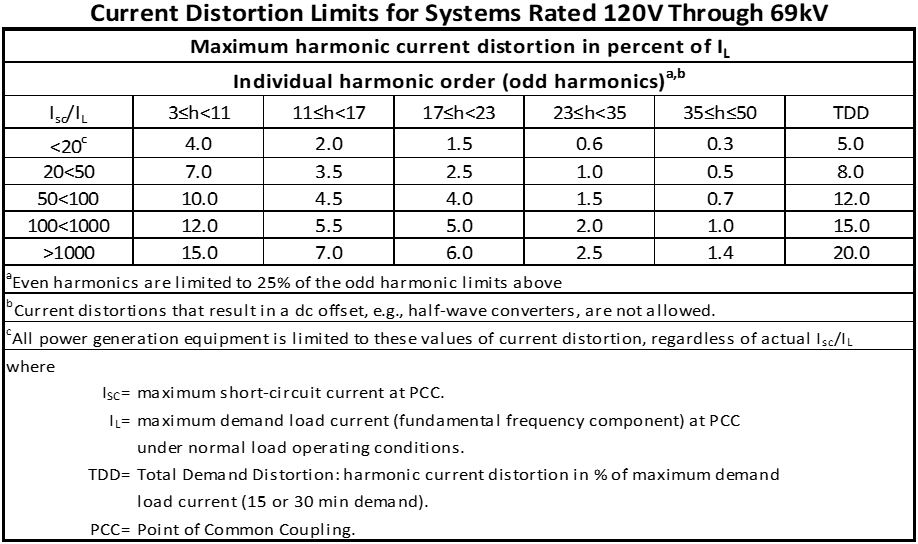
*THID: Total Harmonic Current Distortion
This article is comprised of information from our Webinar: Harmonic Correction
Got More Harmonics Questions? We Can Help!
Call 800-595-5315 Or Connect With Our Expert Technicians Here:
Other Articles
- Local University Uses EMC VFDs to Keep Facilities Running
- Power Factor Correction
- Which Type of Automatic Transfer Switch Will Work Best for Me?

Craig is the Vice President of Engineering at Energy Management Corporation. He is a Professional Engineer (PE) and carries over 30 years of experience in the world of electrical automation. Besides amassing an impressive amount of knowledge in his magnificent brain, he is also a Master Scuba Diver (MSD), a performing magician, and a professional DJ. Truly a man of many talents.


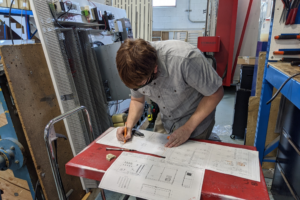
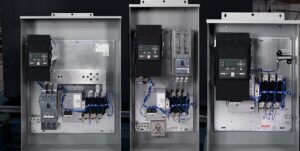

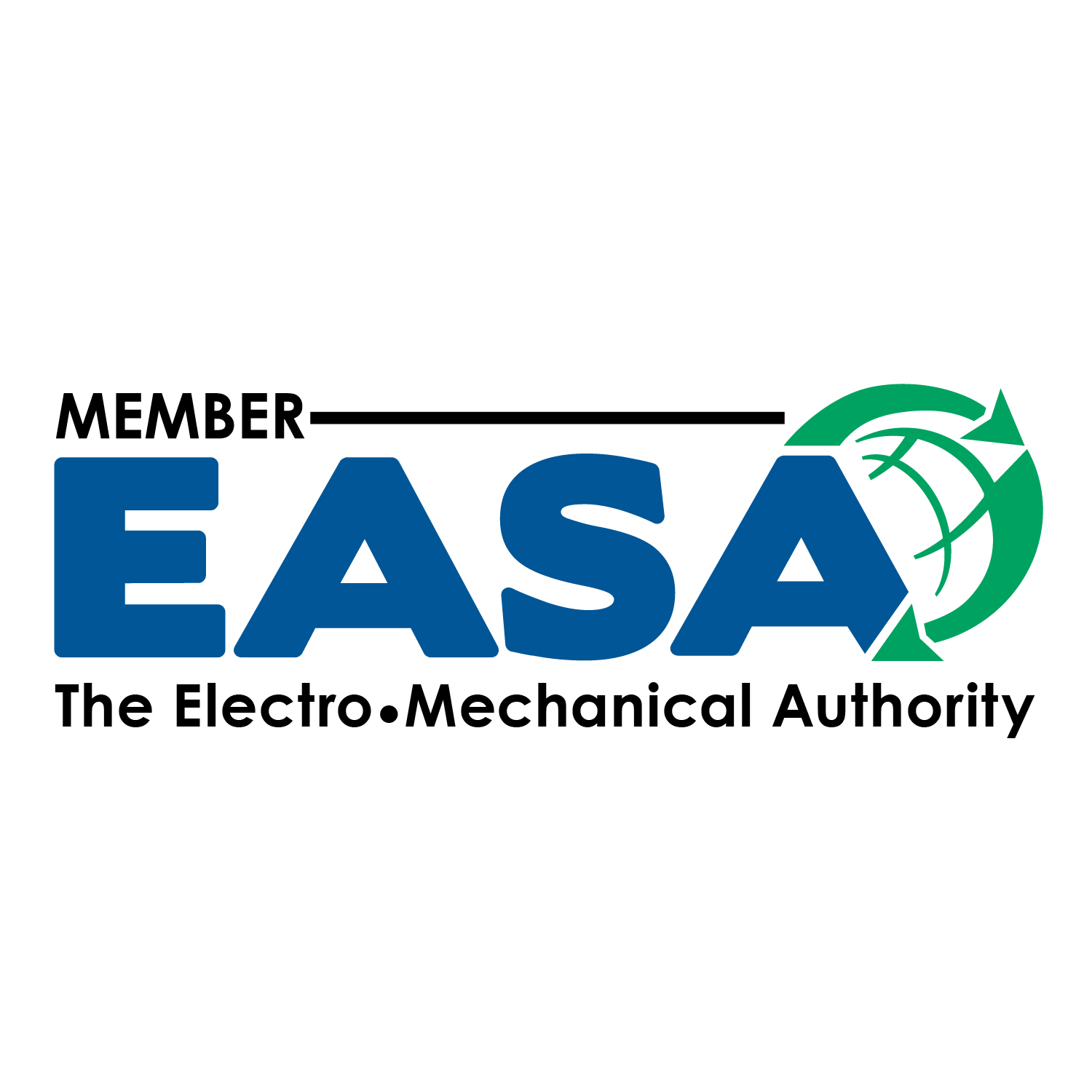
[…] is installed between the power system and the controller or VFD. This serves the purpose of reducing the effects of harmonic distortion. The reactor helps to stabilize the electrical current traveling through the controller so that […]